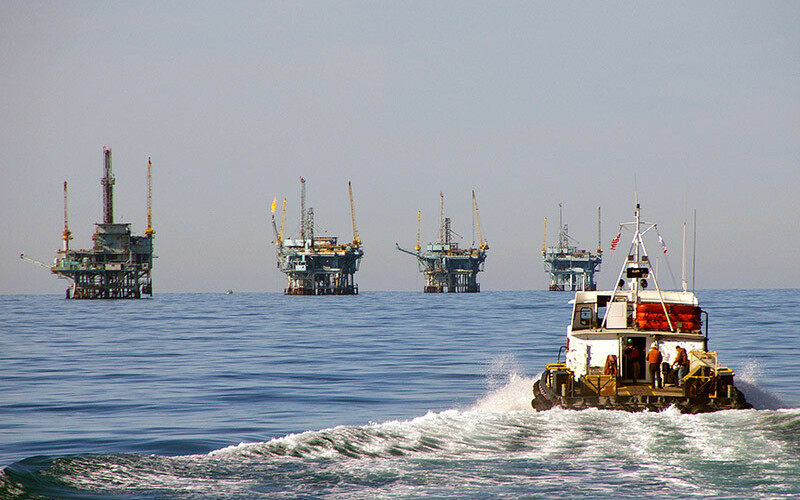Oil prices dropped like a rock on Monday, from the mid-$70s at the close of trading the previous week, oil prices landed at $70 bbl. The collapse followed a two-week run-up in oil prices. What happened? Israel failed to bomb Iran’s nuclear facilities or its petroleum exporting infrastructure ‒ no oil flow disruption.
All the hedge funds, who only a few weeks ago couldn’t sell crude oil contracts fast enough, suddenly couldn’t buy them fast enough. Crude oil has been volatile all year. Amazingly, Middle East tensions have had only a fleeting impact on crude oil prices. Other than when military clashes were intense, oil prices barely budged within a narrow trading range. The lack of price movement reflected a growing consensus that the oil market was oversupplied. More importantly, traders saw few forces to shrink the current glut.
The force missing is China’s economic weakness. For more than a decade, Chinese oil consumption has accounted for over half of world demand growth. After officials ended the country’s three-year Covid-19 lockdowns, China’s economy has struggled to resume its historical growth rate – a rapid rate that began early this century.
China’s economic growth was driven by its strategy to become the manufacturing center of the world, plus its determination to impress visitors during the 2008 Beijing Olympics. For years before the opening ceremony, in anticipation of visitors seeking to explore the country, the Chinese government initiated major infrastructure-building projects – airports, roads, high-speed rail, stadiums, ports, and cities. China's living standards rose. These efforts stimulated energy demand growth, just as China shifted from meeting its petroleum needs to becoming the world’s largest oil importer.
China’s population is not only aging rapidly. It is atrophying. The Chinese government’s inability to accelerate economic growth means its energy needs are not growing as fast as they once did.
The International Energy Agency (IEA) and the Organization of the Petroleum Exporting Countries (OPEC) have just cut their respective oil demand forecasts for the third consecutive month. The two forecasters remain significantly apart in their growth projections. For 2024, the IEA sees oil use growing by only 863,000 bpd versus OPEC’s aggressive projection of 1.93 million bpd. Although reducing its 2025 estimate, OPEC remains more optimistic about oil consumption than the IEA – up 1.64 million bpd compared to 998,000 bpd.
Countries are mired in a slow-growth world. Economies are weighed down by huge debt burdens. The world’s population, however, continues to grow. People will need more oil, gas, and petrochemical-derived products. The global petroleum industry has experienced prior slow-growth periods and survived. The current slow-growth period presents challenges, but it's not insurmountable. The oil age is not ending anytime soon.





